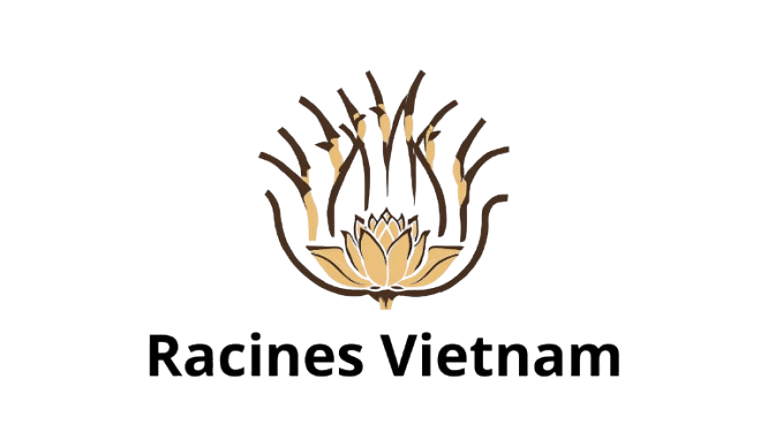“A blog created by an adopted Franco-Vietnamese for all those seeking to reconnect with their origins.”
Hidden Islands Nha Trang 2025: Secret Gems to Visit Now
Discover the most beautiful hidden islands near Nha Trang in 2025. Untouched nature, local life, and unforgettable adventures await.
5/25/20253 min read
The Hidden Islands Around Nha Trang to Explore in 2025
Introduction: Diving into Vietnam’s Oceanic Resilience
In 2025, the hidden islands around Nha Trang have become key sanctuaries for Southeast Asia’s coral reef ecosystems. As part of the broader Indo-Pacific reef system, these islands host a fragile balance of marine animals, hard corals, branching staghorn, and photosynthetic zooxanthellae.
In the face of global-warming, ocean acidification, and runoff, these ecosystems are also under threat. Their survival now depends on a blend of ecology, marine science, and responsible exploration.
Why These Reef Systems Are Vital in 2025
These offshore islands:
Are linked to Vietnam’s continental shelf and regional barrier reef formations
Provide refuge for endangered fishes, tentacles species, and reef-building polyp colonies
Are monitored for bleached corals, calcium-carbonate skeleton loss, and algal overgrowth
Showcase active reef restoration and coral reef conservation initiatives
Offer real-time insight into the effects of seawater temperature rise, photosynthesis breakdown, and sediment erosion
They form living testaments to both decline and resilience.
Top 5 Hidden Islands to Explore from Nha Trang
1. Hòn Miễu – Shallow Seas and Coral Survival
Just beyond the shore lies a reef zone often overlooked.
Dive beyond the aquarium to explore live stony corals and branching reef structures
Snorkel along shallow colonies of algal-covered skeletons, still recovering from bleaching
Ideal for observing coral tentacles, polyps, and basic photosynthetic symbiosis
Perfect for marine ecology beginners.
2. Hòn Mun – The Heart of Coral Reef Conservation
Vietnam’s first national marine park, Hòn Mun is a key site for reef restoration and marine research.
Dive among bleached and regenerating coral species, including staghorn and hard corals
Learn about coral skeleton formation, carbonate balance, and zooxanthellae function
Ongoing protection from overfishing, runoff, and Crown of Thorns starfish
A model for barrier reef survival in the Indo-Pacific.
3. Hòn Tằm – Wellness Meets Marine Science
This island combines eco-tourism with coral education.
Participate in reef monitoring and marine science briefings
Explore lagoon zones where soft corals, algae, and invertebrates thrive
Understand how carbon dioxide, light absorption, and photosynthesis regulate reef life
Ideal for travelers who want depth with their diving.
4. Hòn Ông (Whale Island) – Into Deep Water Biodiversity
A hidden jewel of the oceanic Indo-Pacific, Hòn Ông is teeming with life.
Dive along barrier reef walls, spotting tentacles, reef fishes, and rare branching corals
Study how skeleton integrity shifts under acidification
Observe how reef systems adapt to sunlight, nutrient flow, and seasonal cycles
A destination for divers and reef ecologists alike.
5. Hòn Rơm – Protected and Untouched
A remote island barely disturbed by tourism.
One of the few zones with minimal runoff, preserving carbonate-based reef health
Home to diverse reef colonies, resistant to recent mass bleaching episodes
Great for snorkeling in clear seas, or simply observing how ecology balances itself when left alone
A living archive of natural marine resilience.
How Coral Reefs Work — and Why They Bleach
Reefs are formed by coral polyps excreting calcium-carbonate skeletons
These corals rely on zooxanthellae algae for photosynthesis, nutrients, and color
Under stress (heat, acidity, sediment), algae are expelled — leading to bleached reefs
Without restoration, the reef system collapses
This dynamic, visible around Nha Trang, mirrors the broader Indo-Pacific crisis.
Best Time to Visit the Reef Zones
February to May: stable light, low seawater sediment, best for reef photography and spawning
September to November: great visibility, fewer tourists, and ongoing reef regeneration
Avoid monsoon season (June–August): strong currents, high runoff, and increased coral stress.
Protecting Vietnam’s Reefs: What You Can Do
Choose dive schools engaged in reef conservation
Do not touch or walk on stony corals, colonies, or skeletons
Use reef-safe sunscreen (non-nano zinc oxide only)
Learn about Crown of Thorns starfish impact and help report outbreaks
Support marine research on carbonate chemistry, coral tentacles, and bleaching thresholds
Reefs need guardians, not just tourists.
Conclusion: Nha Trang’s Islands, Vietnam’s Coral Frontier
These hidden islands form Vietnam’s ecological frontline. They are the barrier — against extinction, erosion, and ignorance.
Much like the Great Barrier Reef, they are not just symbols of crisis, but canvases for action. In their waters, we find not just beauty — but the blueprint for a more sustainable future.
FAQ – Coral Reef Ecosystems & Marine Science in Nha Trang
What is a barrier reef, and is there one in Nha Trang?
Yes — Nha Trang’s reef systems are part of the Indo-Pacific barrier reef network, with branching coral structures and carbonate skeletons similar to the Great Barrier Reef.
How does runoff affect coral reefs?
Runoff brings sediments and pollutants that reduce sunlight penetration and trigger algal blooms, stressing the reef ecosystem.
What are Crown of Thorns starfish?
Predatory starfish that feed on coral polyps. Outbreaks can devastate entire colonies if left unmanaged.
Can tourists help with reef restoration?
Yes — you can join certified programs focused on reef restoration, marine science, and reef cleaning.
Why are calcium-carbonate skeletons important?
They form the base of hard corals, maintaining the physical structure of the reef system and resisting erosion.
Main Menu:
Explorations:
Resources & Immersive Content
Community & Support
Legal & Languages
Contact & Social Networks
✉️ contact@racinesvietnam.com
📱 Instagram | Facebook | YouTube
©️ Copyright
© 2025 RacinesVietnam.com — Tous droits réservés
Site indépendant, créé sans code, hébergé par Hostinger
